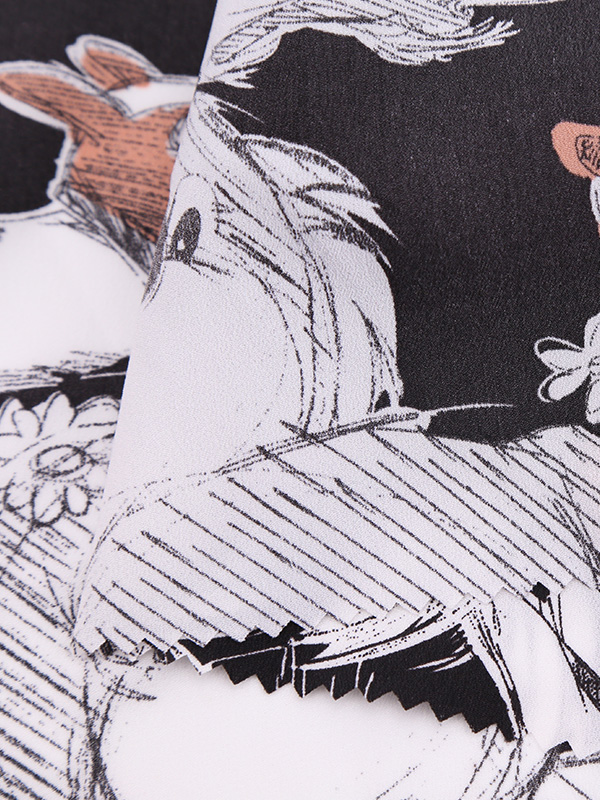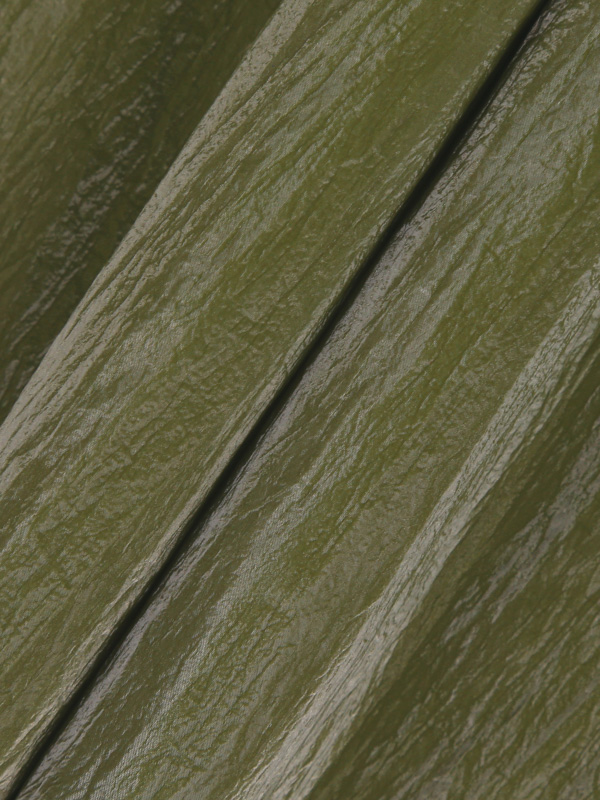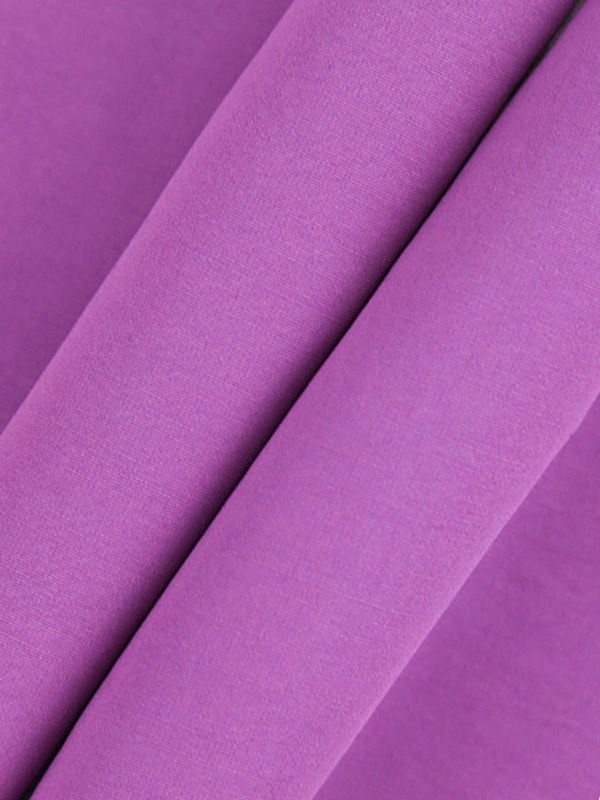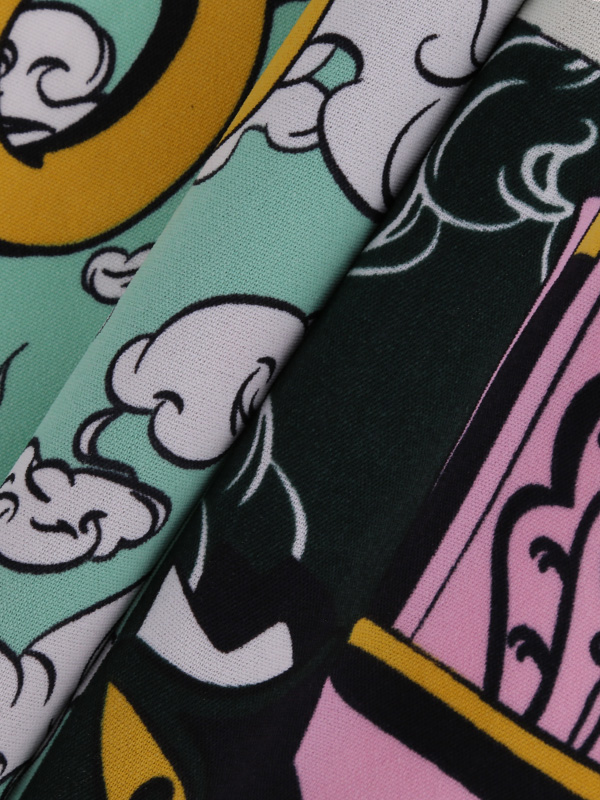How to identify real and fake composite fabrics
First pick up the composite fabric and touch it, some composite fabrics feel very bad, the particles of the polar fleece are extremely thick, and feel uncomfortable. Fleece, this kind of hand feels the same as the skin, it is soft and has good velvet resistance. There are also 100D/144F polar fleece, which feels much rougher to the touch. Let's take a look at the face cloth. Some face cloths are made of woven fabric. , There are also knitted fabrics. Of course, it is best to use knitted elastic fabrics in the end. The clothes made in this way are elastic and will not feel uncomfortable.

Therefore, there are many classifications: knitted + film + knitted composite, knitted + film + woven composite fabric, woven + film + knitted composite, woven + film + woven, of course, there are also two-layer composites, There is no membrane in the middle, but there is no ventilation effect, and there is also a membrane in the middle: low permeability > MVP800mm, medium permeability > MVP3000mm, high permeability > MVP5000mm, some people asked whether it can reach MVP10000mm, yes, Japanese Standard, this standard is generally much lower than that of Europe and the United States. Let's go back and look at the color fastness of composite fabrics. The color fastness of knitted and woven fabrics can still be controlled to level 3 or above, and most level 4 is no problem. However, the color fastness of polar fleece is difficult to guarantee. Generally, it is grade 2 or 2.5. It is basically said that it can reach grade 3. Some people say that it can reach grade 4. This is basically a fool. Finally, it depends on the light fastness, tensile strength, washing fastness and so on of the composite fabric.


 English
English Chinese
Chinese



